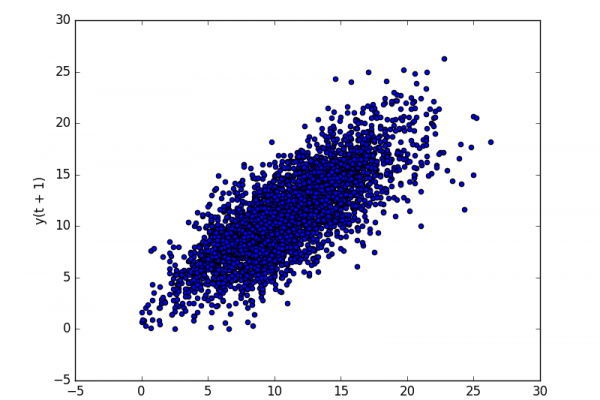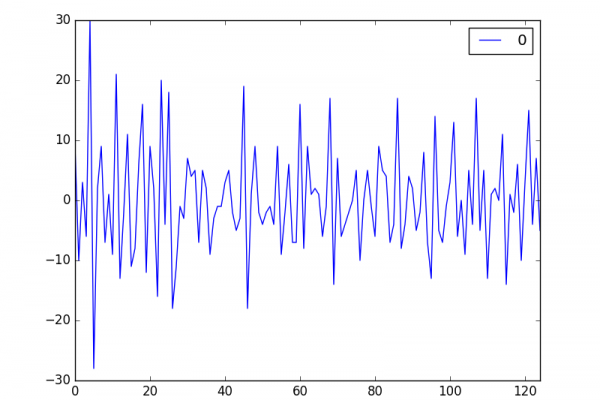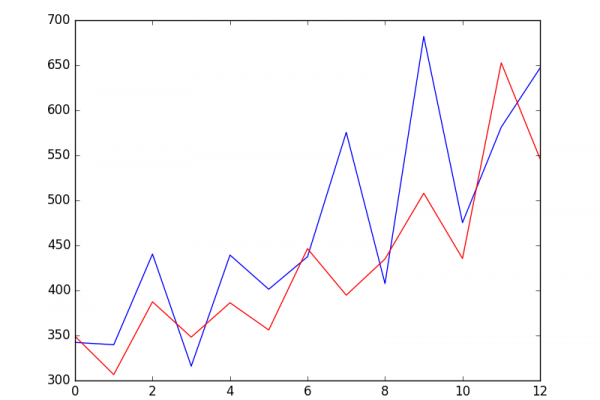How To Backtest Machine Learning Models for Time Series Forecasting
Last Updated on August 28, 2019 k-fold Cross Validation Does Not Work For Time Series Data andTechniques That You Can Use Instead. The goal of time series forecasting is to make accurate predictions about the future. The fast and powerful methods that we rely on in machine learning, such as using train-test splits and k-fold cross validation, do not work in the case of time series data. This is because they ignore the temporal components inherent in the problem. In […]
Read more








